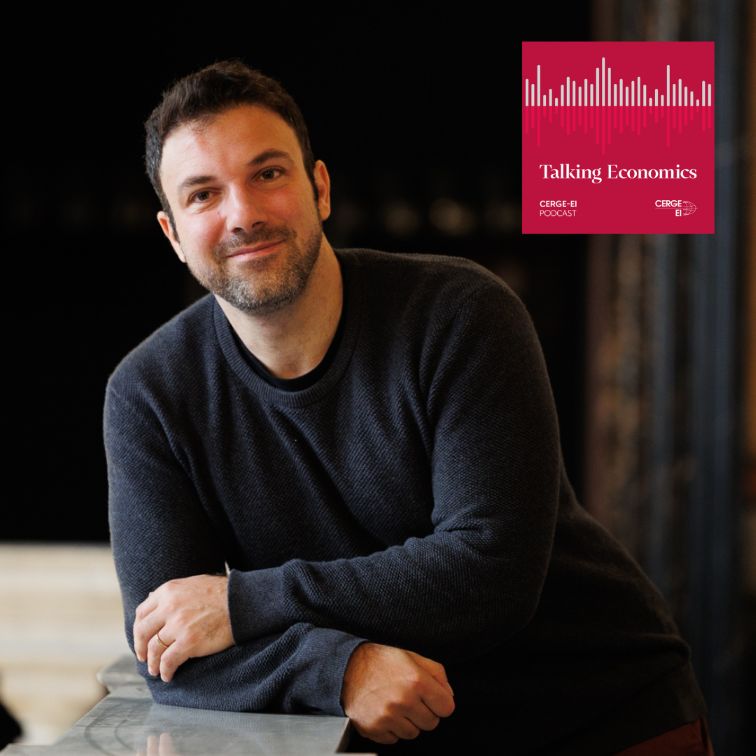In our latest Talking Economics episode, we spoke with Luca Mazzone, Assistant Professor at CERGE-EI and Economist at the International Monetary Fund, about the hidden dynamics behind wage inequality, employment policy, and how households shape labour market outcomes. His research looks into how people and firms find each other—and why this matching process matters for productivity, inequality, and growth.
Sorting and Inequality: Who Works Where, and Why It Matters
One of the key concepts Luca discusses is worker-firm sorting—the idea that more productive firms tend to hire more skilled workers, and vice versa. This matching process plays a crucial role in determining wage levels and inequality across the economy. As he explains, sorting isn’t just about static differences; it has dynamic consequences that affect how economies recover from shocks, how policies play out, and whether growth is inclusive.
Crucially, these matching patterns are shaped by search frictions—barriers like imperfect information, time constraints, or mobility costs. Even in the digital age, where finding a job or service is just a click away, such frictions persist. As Luca points out, “Price and quality dispersion online is enormous,” suggesting that technology alone isn’t a silver bullet for market efficiency.
Recessions, Risk, and Reallocation
A common belief in economics is that recessions “cleanse” the economy by reallocating workers from less to more productive firms. But Luca’s research challenges this idea. Instead of improving the economy’s overall efficiency, recessions can lead to worse matches, lower productivity, and fewer opportunities for skill development.
This insight has major implications for unemployment insurance and job retention policies. While these programs are meant to protect workers, Luca argues they must be carefully designed to avoid distorting incentives while still enabling people to wait for a better match. Well-calibrated job retention schemes, he notes, can even improve post-recession outcomes by preserving beneficial matches between workers and firms.
The Power and Limits of Models
When it comes to evaluating such policies, Luca makes a strong case for structural models—economic tools that incorporate theory into the analysis of real-world data. While these models have their limitations, they help economists test how individuals and firms respond to incentives in complex settings, such as during a crisis or in response to a new policy.
But the success of such modeling depends on data availability. Luca expresses concern about underinvestment in data infrastructure, especially in the U.S., where access to rich administrative datasets is becoming more limited. In contrast, countries like Denmark, Sweden, and France are leading the way in creating environments where cutting-edge labour market research can thrive.
Households and the Future of Work
Zooming in from the macro to the micro level, Luca’s recent work explores the intra-household economy—how families divide labour, make decisions about work and childcare, and affect labour force participation. With rising female labour force participation and changing family structures, he argues that the household is a critical unit of analysis for understanding broader economic trends, from productivity to population aging.
“Labour markets and fertility are deeply intertwined,” Luca says, pointing out that decisions made around the kitchen table ripple out to influence national economies. He calls for a better grasp of how families adjust to economic shocks and policy changes—particularly as countries grapple with aging populations and technological transformation.



